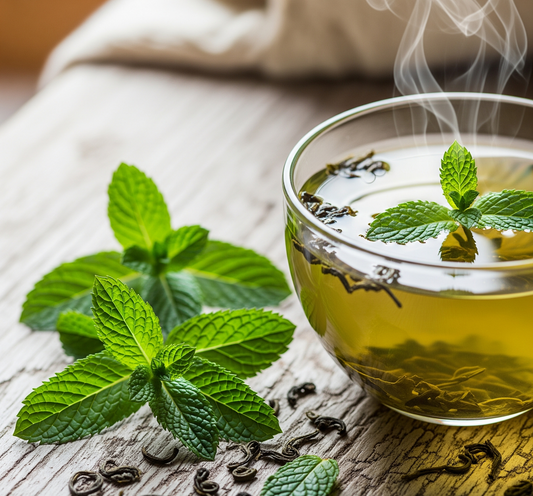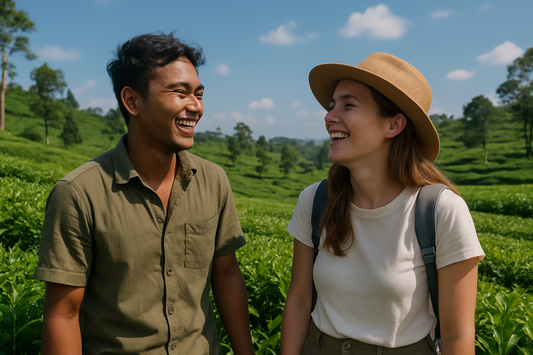Oolong tea is a unique beverage known for its rich history and diverse flavor profiles, ranging from floral and fruity to woody and toasty. This article explores its taste, caffeine content, and preparation methods, including the delightful experience of mixing oolong tea with milk, offering tea enthusiasts insights into the complexities and health benefits of this fascinating tea.
Oolong tea is a fascinating beverage that occupies a unique space in the world of tea. With its rich history, diverse flavor profiles, and various health benefits, it has captured the hearts of tea enthusiasts everywhere. This article will explore the question, "What does oolong tea taste like?" while delving into its caffeine content, and preparation methods. We will also look into the delightful experience of mixing oolong tea with milk.
What Does Oolong Tea Taste Like?
Oolong tea boasts a complex flavor profile influenced by its oxidation level, processing methods, and the specific variety of tea leaves used. This tea generally falls between green and black tea in terms of oxidation, typically ranging from 10% to 70%.

Lightly oxidized oolongs have a crisp, grassy flavor with floral notes, while heavily oxidized varieties present richer, toasty, or nutty flavors. This complexity is often likened to fine wines, as both are shaped by terroir, processing techniques, and the expertise of the producer. Let’s take a closer look at the flavor profiles of oolong teas.
Flavor Profiles of Oolong Tea
- Floral and Fruity: Many lighter oolong teas, such as Baozhong or Jin Xuan, exhibit delicate floral notes, often reminiscent of orchids or jasmine. These teas tend to have a fresh, green flavor with a sweet aftertaste. Our oolong tea like Amma Oolong Tea is famous for its musky and fruity flavor profiles.
- Woody and Toasty: Darker oolong teas, like Tie Guan Yin or Da Hong Pao, offer richer, more robust flavors. These can include notes of roasted nuts, caramel, and even a hint of smokiness, providing a warm and comforting cup. Our Shangri-La Oolong is perfect if you’re looking for something brisk and caramelized.
- Creamy and Sweet: One of the most beloved varieties is Milk Oolong, known for its creamy texture and sweet, milky flavor. This tea offers a unique experience that can be likened to sipping a dessert.
- Earthy and Spicy: Some oolongs, particularly those from regions like Nepal, can present earthy and spicy notes, adding another layer of complexity to the tasting experience.
The beauty of oolong tea lies in its ability to reveal different flavors with each steeping. As the leaves unfurl, they release new notes, allowing tea drinkers to enjoy a multi-dimensional tasting journey.
Caffeine in Oolong Tea
When considering what does oolong tea taste like, it's also essential to discuss its caffeine content. Oolong tea contains caffeine, but generally less than black tea and more than green tea. The caffeine level can vary based on the specific type of oolong and how it is brewed.
Lighter Oolongs: These typically have lower caffeine levels due to their shorter steeping times and lower oxidation levels. They can provide a gentle energy lift without overwhelming stimulation.
Darker Oolongs: These teas are usually steeped at higher temperatures and for longer periods, resulting in a stronger caffeine presence. Thus, they may offer a more pronounced energizing effect.
On average, a cup of oolong tea contains about one-third less caffeine than a cup of coffee, making it a suitable choice for those looking to moderate their caffeine intake while still enjoying a flavorful beverage. According to an article by Oregon State University, both oolong tea and green tea have comparable caffeine levels, ranging from about 10 to 60 milligrams (mg) per 8-ounce cup. In contrast, an 8-ounce cup of coffee typically contains around 70 to 130 mg of caffeine
How to Make Oolong Tea
Brewing the perfect cup of oolong tea is an art that can greatly enhance your tea-making experience.

To make things easier for you, here’s a simple guide on how to make an amazing oolong tea:
You’ll need:
- 2 grams of oolong tea leaves
- Water (temperature varies based on the type of oolong)
Instructions
Choose Your Oolong:
First, decide whether you are brewing a lighter or darker oolong. This will determine the water temperature and steeping time.
Heat the Water:
For lighter oolongs, we recommend heating water to about 160°F (70°C). For darker oolongs, aim for 185°F to 206°F (85°C to 97°C).
Steep the Leaves:
- Light Oolong: Pour the heated water over the leaves and steep for around 3 minutes. The resulting liquor should give off a light appearance and have a floral aroma.
- Dark Oolong: Steep for 5 minutes. This will yield a richer, amber-colored liquor with a bold aroma and flavors.
Multiple Steeps:
Oolong tea is known for its ability to be steeped multiple times. Increase the steeping time by one minute for each subsequent infusion to unlock deeper flavors.
Enjoy your creation:
Perhaps the most important step! Sip your tea and savor the evolving flavors. Take your time enjoying this amazing beverage.
What Does Oolong Milk Tea Taste Like?
As the name implies, oolong milk tea is a delightful treat that combines the rich flavors of oolong tea with the creaminess of milk. When you take your first sip, you immediately notice the smooth, velvety texture that the milk adds. This creaminess balances the natural flavors of the oolong, creating a comforting and indulgent experience.
Oolong tea itself boasts a complex flavor profile. Depending on the type, you might taste floral notes, fruity undertones, or even a hint of toastiness. Lightly oxidized oolongs offer fresh, grassy flavors, while more heavily oxidized varieties present deeper, roasted tastes. The milk enhances these flavors, making each sip a delightful journey.
Many people enjoy sweetening their oolong milk tea, which adds another layer of flavor. Whether you choose sugar, honey, or flavored syrup, the sweetness complements the creamy base and the tea’s natural taste.
You can enjoy oolong milk tea hot or iced, making it a versatile choice for any season. No matter how you prefer it, oolong milk tea invites you to savor its unique and delicious flavors!
Conclusion
In summary, what oolong tea tastes like is a layered question that cannot be easily answered. The flavor profile of this interesting tea can vary significantly based on the type and preparation of the tea. From floral and fruity to woody and toasty, oolong tea offers a rich tapestry of flavors that can cater to a wide range of palates.
With its moderate caffeine content, oolong tea serves as an excellent alternative for those looking to enjoy a flavorful beverage without the jitters associated with stronger caffeinated drinks.
You can pick from a range of premium organic oolong tea from Nepal Tea Collective.




